Introduction
Art’s impact on the brain is profound, bridging aesthetics and neuroscience in ways that enrich our understanding of both. Studies reveal that engaging with art not only activates regions of the brain responsible for visual perception and emotional processing but also enhances cognitive function and emotional well-being. This intersection of art and brain science suggests that art is more than an object of mere admiration—it’s a dynamic force that stimulates the mind, evokes complex emotions, and nurtures the soul. By exploring the intricate ways in which art influences our neurological responses, we begin to appreciate its role not just in cultural and aesthetic realms, but as a vital contributor to mental health and personal development.
Understanding Art and the Brain
The neurobiological process of art appreciation involves complex interactions within the brain, engaging multiple regions responsible for visual perception, emotional response, and cognitive processing. Studies indicate that viewing art stimulates the brain’s pleasure and reward systems, invoking feelings of enjoyment and satisfaction similar to the experience of love. The visual cortex processes the visual aspects of art, while the frontal lobe engages in interpretation and emotional response. This dual engagement not only enhances our aesthetic appreciation but also contributes to cognitive functions such as creativity and critical thinking. Neuroscientist Semir Zeki’s work on the “neurobiology of beauty” suggests that the experience of beauty in art is linked to activity in the brain’s medial orbitofrontal cortex, highlighting art’s profound impact on brain function and emotional well-being.
Art and the Brain by Semir Zeki
A research paper entitled “Art and the Brain” by Semir Zeki explores the connection between art appreciation and the functions of the visual brain. It argues that the appreciation of art, in all its forms, is deeply tied to how our brains process visual stimuli. Zeki proposes that art and the brain share a fundamental function: seeking knowledge and understanding through visual perception. This perspective unites neurobiological insights with historical artistic intuition, suggesting that artists, through their work, explore and exploit the brain’s visual processing capabilities. The paper emphasizes the modular nature of vision and art perception, indicating that specific brain regions are tuned to process different aspects of visual stimuli, such as color, form, and motion. This modular processing is mirrored in how art evokes aesthetic experiences, aligning with the brain’s search for constancies in the ever-changing visual world.
The Role of Art in Human Evolution
Art has significantly influenced human evolution, serving as a mirror to societal values, emotional expression, and cognitive growth. Art’s evolution from ancient cave paintings to modern digital works mirrors humanity’s progression and shifting cultural scenes. Art has been a medium for storytelling, preserving history, and expressing the ineffable aspects of human experience. It has played a crucial role in cognitive development, fostering creativity, problem-solving skills, and emotional intelligence. As societies advanced, their art transformed, embracing new mediums, techniques, and themes. This evolution highlights art’s close ties with cultural and psychological growth.
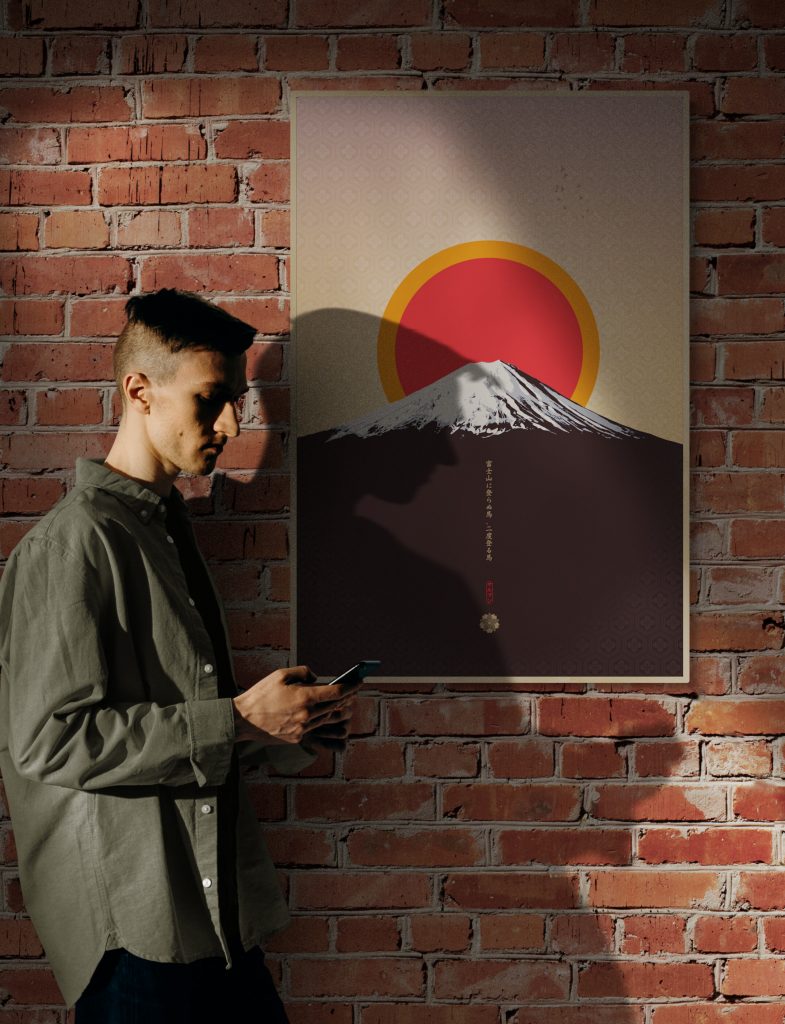
Art is the Food for Your Soul
Art profoundly impacts our emotional and psychological well-being, acting as nourishment for the soul. It promotes empathy by enabling us to see the world through various lenses, thus deepening our connection with others. Creativity, too, flourishes as art encourages us to explore new ideas and express ourselves in innovative ways. Moreover, engaging with art stimulates personal growth, challenging our perceptions and inviting introspection. Art enhances life by offering solace, motivation, and a deeper grasp of the human experience.
Japanese Art and Ukiyo-e: A Case Study
Japanese art, particularly ukiyo-e prints, offers a fascinating case study for exploring the intersection of art with cognitive and emotional processing. Ukiyo-e, which translates to “pictures of the floating world,” captures fleeting moments of beauty, pleasure, and the transience of life, engaging the viewer’s visual and emotional systems in unique ways. These prints, celebrated for their vibrant colors, meticulous detail, and expressive subjects, not only stimulate the visual cortex but also evoke deep emotional responses, connecting audiences to the cultural and historical contexts of Edo-period Japan. Through the portrayal of landscapes, daily life, and historical narratives, ukiyo-e prints encourage viewers to engage in a deeper exploration of cultural significance and personal reflection, illustrating the profound impact of art on the human experience.
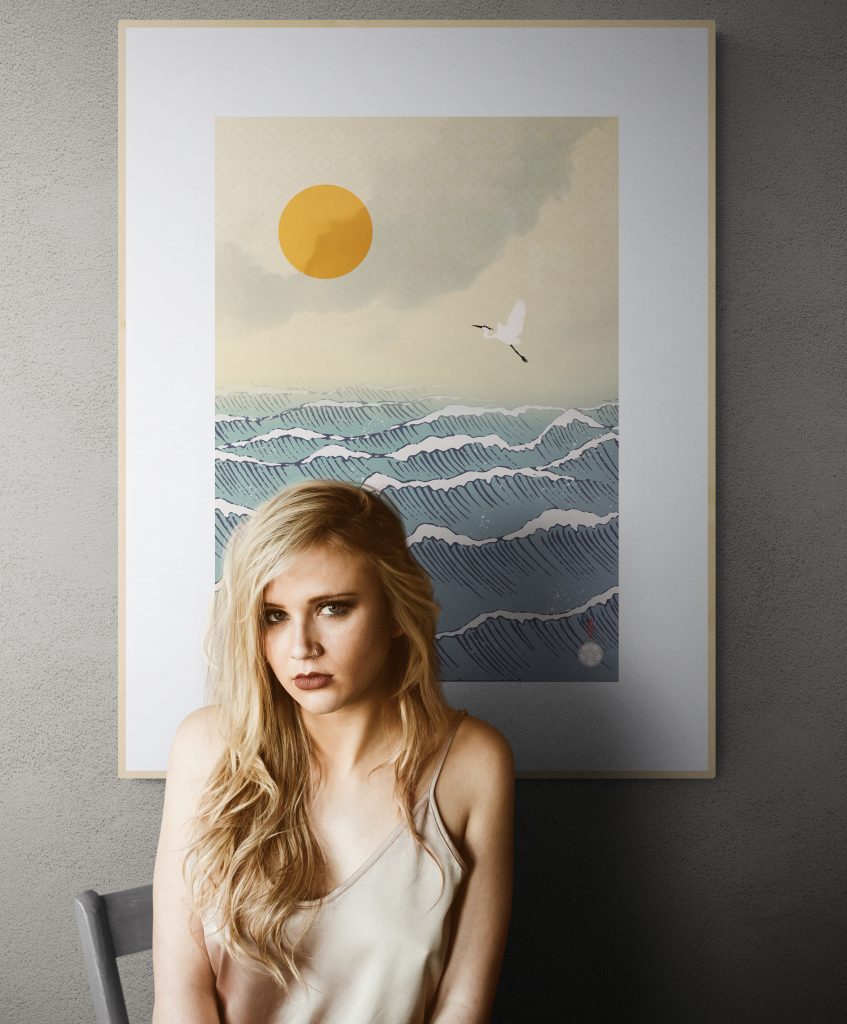
Conclusion
This exploration underscores the profound connection between art and the brain, highlighting art’s role in cognitive and emotional engagement. Through examples like ukiyo-e, we see how art transcends mere visual stimulation to embody cultural narratives and personal resonance. Art uniquely bridges understanding, pleasure, and human connection, serving as a universal medium for exploring the depths of human experience. Art’s influence on our brain and emotional health confirms its vital role in nourishing the soul. It enhances empathy, creativity, and personal development.
Read more:
- The Significance of Sakura in Japanese Art
- 10 Facts About Japandi Design You Should Know
- Embracing Simplicity: The Muji Interior Design Style
- What is Japandi Art? Merging Minimalism with Timeless Style
- The Symbolism of Wildly Popular Japanese Woodblock Art
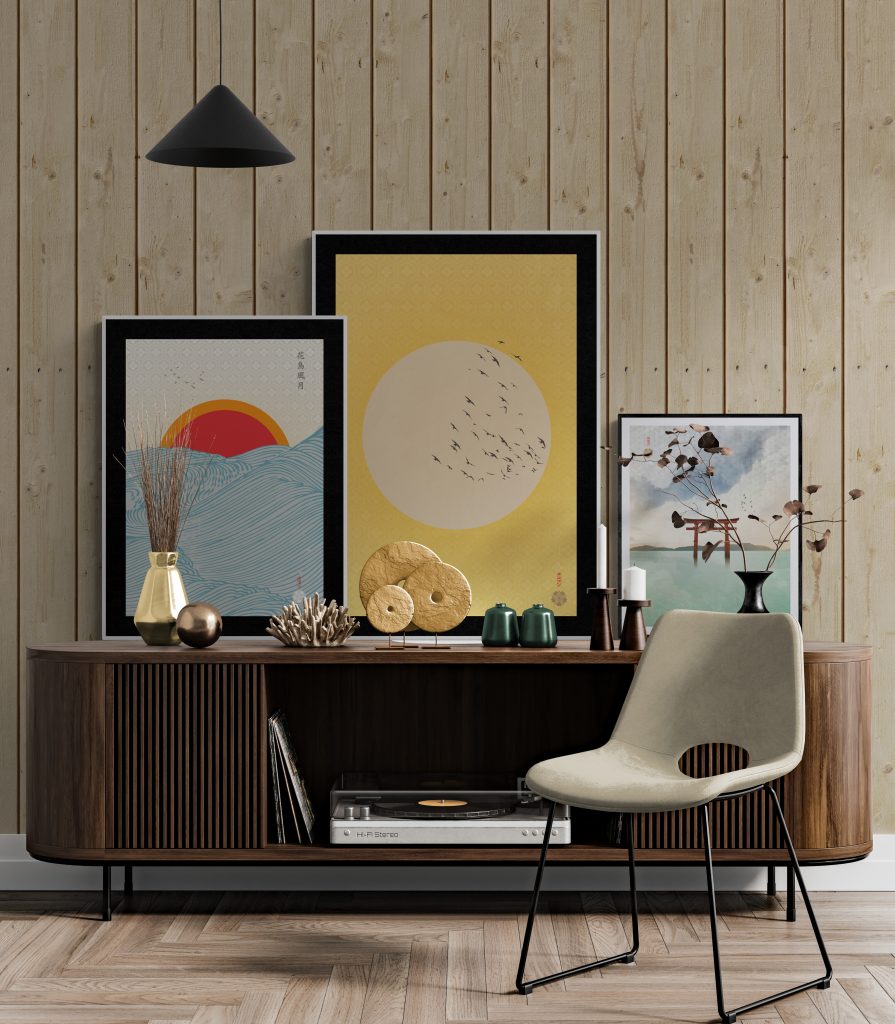
At the Art of Zen we have a selection of original Japanese art prints in the ukiyo-e and Japandi style. Some of our best selling work is Mount Fuji wall art and Japandi wall art.
Add some zen to your space with brilliant original art from the Art of Zen shop.
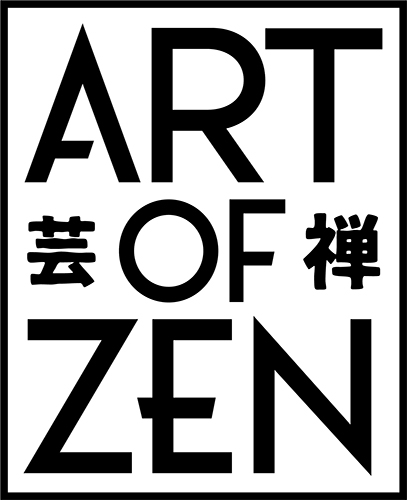
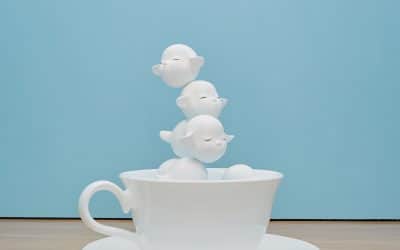


0 Comments